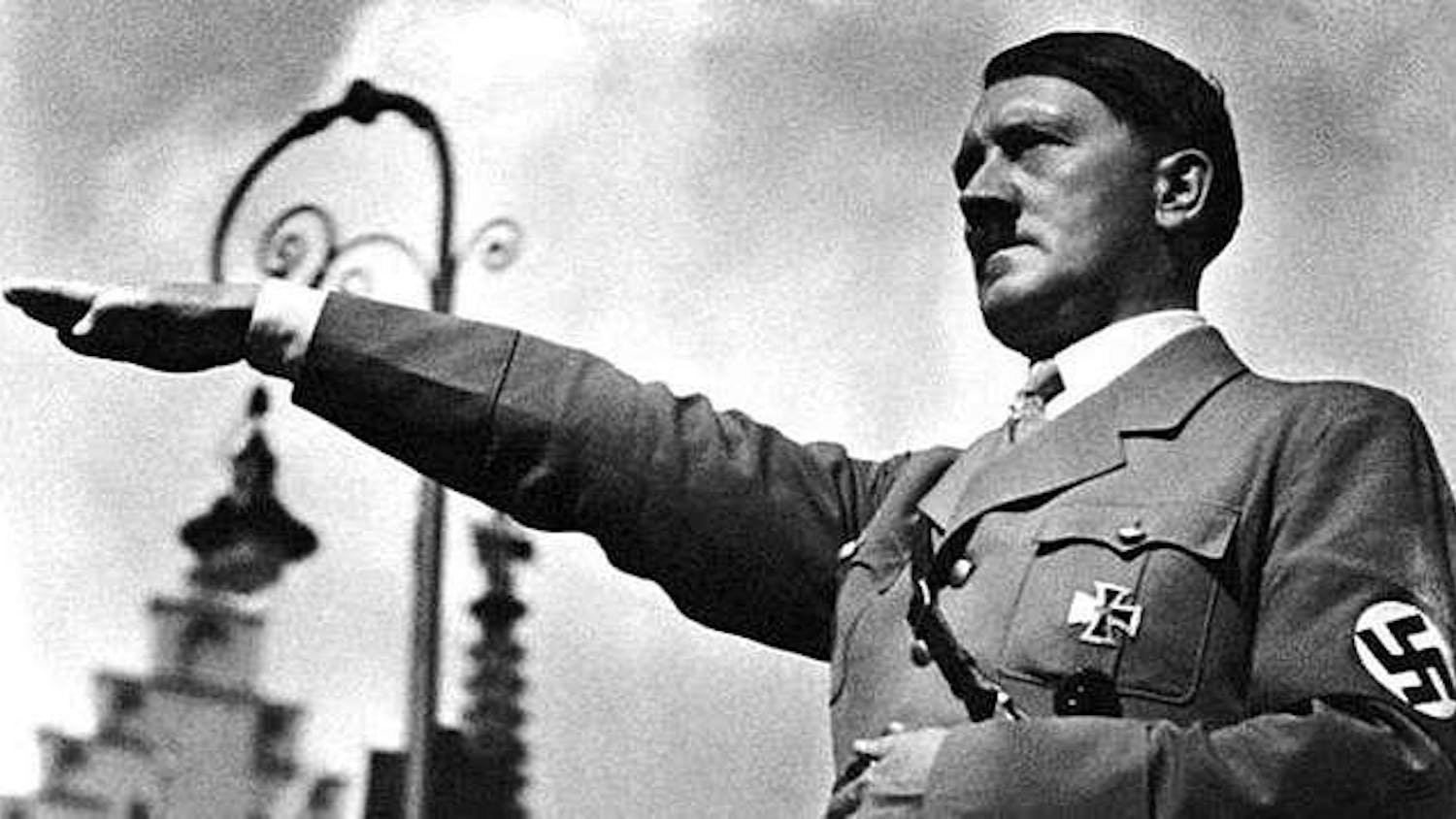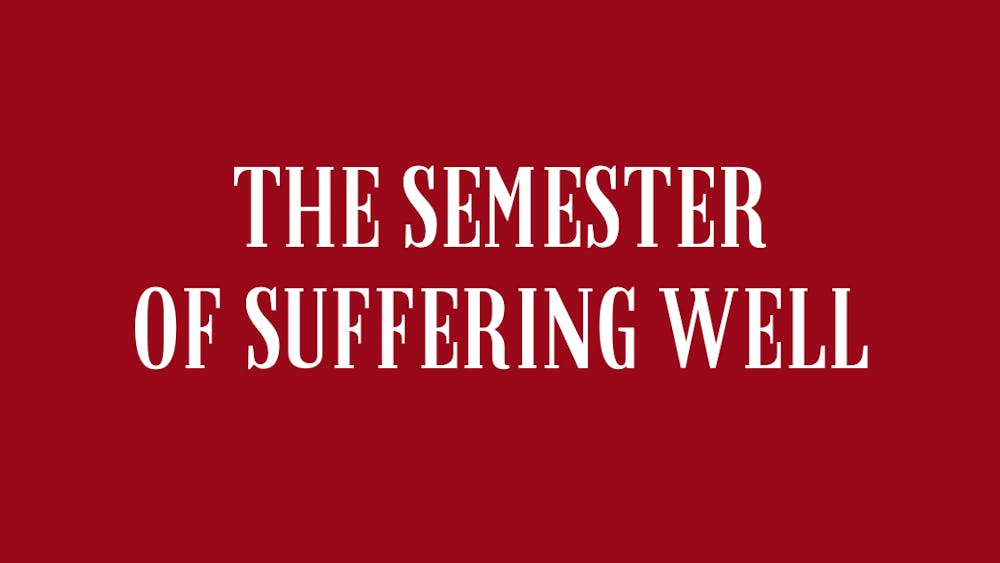The only words used more often than “tradition” on this campus might be “God,” “Jesus” and “Mary.”
We cling to tradition. We debate tradition. We love tradition.
“But we always play Michigan. How can the rivalry end?”
Well, Notre Dame hasn’t always played Michigan. Between 1909 and 1978, the so-called “Reunion Game,” the Irish and Wolverines met just twice. Notre Dame has played seven other teams more often than it has played Michigan.
Yet fans say they will have a hard time letting go of the Notre Dame-Michigan game, knowing it ends for now on Saturday. Why?
Because we don’t measure traditions in time alone. There is no cutoff that says an event must have happened ‘X’ amount of times or for a certain number of years before we call it a tradition. Notre Dame and Michigan have produced enough spectacular games and historic plays to make up for the lack of years.
Take the Alma Mater as another example. Our tradition of singing the Alma Mater after every game is less than a decade old.
Yet outrage broke out when the football team left the Stadium without singing the Alma Mater after the loss to Oklahoma last September.
This tradition matters, but not because of how long we have held it. Singing the Alma Mater is important because of what it says about Notre Dame. Here, students, alumni, fans and the football team stand together after a game, win or lose. Fans don’t leave the game early, win or lose. Fans cheer for “old Notre Dame,” win or lose.
The deep sense of unity fostered by singing the Alma Mater after football games could be worth hundreds of years of any other less meaningful tradition.
But other traditions, many longer-held than the postgame Alma Mater ritual, have changed over time.
Notre Dame used to be an all-male university until President Emeritus Fr. Theodore Hesburgh spearheaded the effort to admit women, ultimately succeeding in 1972.
The University determined it could expand its mission by admitting talented and intelligent women alongside men. By tapping into the potential of female applicants, Notre Dame thought it could grow, enhance its scholarship and produce even more graduates prepared to impact the world.
Saint Mary’s, on the other hand, has upheld its mission by proudly maintaining its tradition of educating only women in order to preserve an environment with small classes and an emphasis on women’s perspectives. By staying small and dedicating itself to these goals, Saint Mary’s has graduated generations of confident women ready to make a difference.
Notre Dame and Saint Mary’s practiced similar traditions of single-sex education at one point, but Notre Dame opted for change while Saint Mary’s chose to continue its traditional practice. The two approaches, though different, have served each campus well.
That, in the end, is what counts, more than the number of years a tradition has existed.
If maintaining a tradition betters those who hold it, then keep it. If changing a tradition will have a positive impact on those who once held it, then change it.
Our campus is changing, and “tradition” has been a prominent buzzword lately. Think critically about tradition, and when you use the word, use it judiciously. Use it to say something about the deepest values of the Notre Dame and Saint Mary’s communities, not to lash out at whatever is annoying or inconvenient this week. Save it only for the rituals, old and new, that mean the most.













